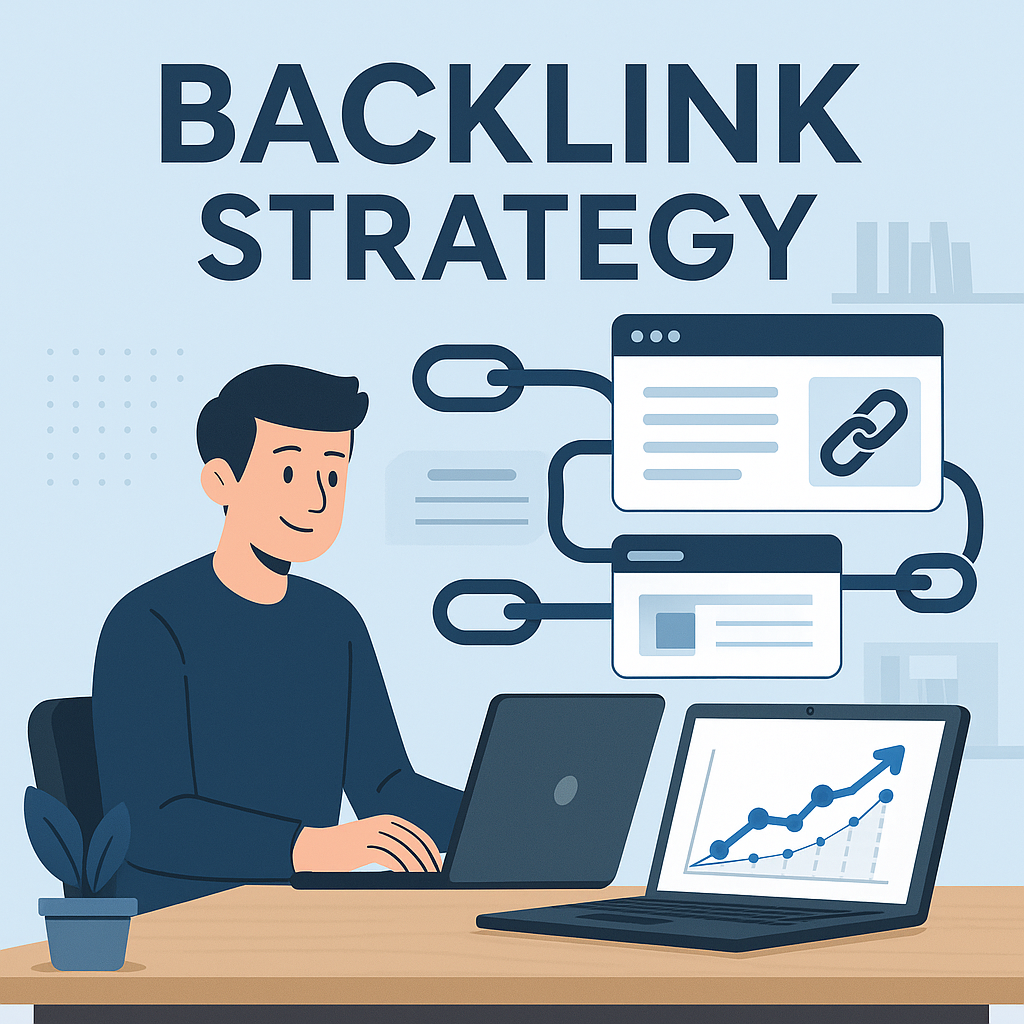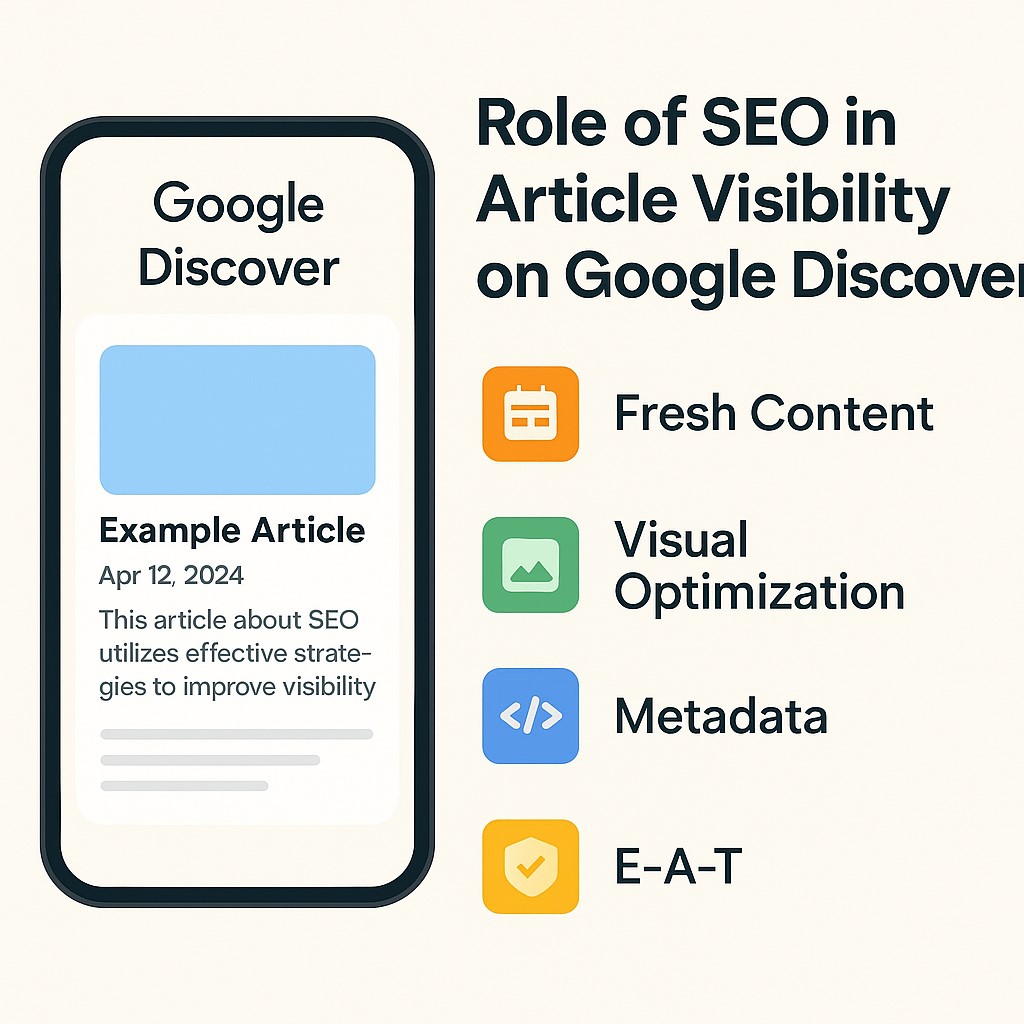Imagine waking up to an inbox full of outreach replies, guest posts published on high-authority sites, and a steady stream of referral traffic—all thanks to a rock-solid Backlink Strategy. In today’s competitive SEO landscape, quality backlinks remain a cornerstone of organic visibility. But building them isn’t just about quantity; it’s about forging genuine connections, offering real value, and staying ahead of ever‑evolving search algorithms. In this post, we’ll dive deep into proven tactics, personal case studies, and fresh insights to help you craft an impactful backlink strategy that delivers sustained growth.
Table of Contents
Backlink Strategy: Why It Still Matters
Types of Backlinks & Their Impact
Key Components of an Effective Backlink Strategy
3.1 Authority & Relevance
3.2 Diversity & Anchor Text
3.3 Outreach & Relationships
Proven Tactics & Tactics to Avoid
4.1 Guest Posting with a Twist
4.2 Skyscraper Technique in 2025
4.3 Broken Link Reclamation
4.4 Toxic Links: Identification & Disavowal
Personal Case Study: From 50 to 500 Monthly Referrals
Comparison: Manual vs. Automated Outreach
Measuring Success & Iterating
Conclusion & Next Steps
1. Backlink Strategy: Why It Still Matters
Even as Google’s algorithm grows smarter, backlinks remain a top-three ranking signal. They’re a vote of confidence—each link from an authoritative domain signals trustworthiness and relevance https://moz.com/learn/seo/backlinks. According to a 2024 survey by Ahrefs, pages with higher-quality backlinks saw a 34% increase in organic traffic year‑over‑year. That’s proof positive that a robust backlink strategy can move the needle.
2. Types of Backlinks & Their Impact
Not all links are created equal. Here’s a snapshot:
Backlink Type Authority Level Effort Required Best Use Case
Editorial (Natural) High Low When your content is top-notch
Guest Post Medium–High Medium Expertise sharing on niche blogs
Resource Page Links Medium Medium Listicles, tool-roundups
Profile/Forum Links Low Low Brand visibility, low impact
Sponsored/paid links Variable High (Costly) Short-term traffic, possible risk
Table 1: Understanding Backlink Types & Their Strategic Use
3. Key Components of an Effective Backlink Strategy
3.1 Authority & Relevance
Authority: Aim for domains with Domain Authority (DA) ≥ 30. Tools like Ahrefs or Moz can help you vet sites.
Relevance: A link from a finance blog is more valuable for a finance article than a random niche site.
3.2 Diversity & Anchor Text
Link Diversity: Mix dofollow, nofollow, and UGC links. Search engines appreciate a natural profile.
Anchor Text: Use branded and long-tail anchors to avoid over-optimization penalties.
3.3 Outreach & Relationships
Building genuine relationships is non‑negotiable. Instead of mass emails, personalize each pitch—reference a recent post of theirs, suggest mutual benefits, and show genuine interest.
4. Proven Tactics & Tactics to Avoid
4.1 Guest Posting with a Twist
Rather than generic “10 Tips” posts, craft exclusive insights:
Conduct original research or surveys.
Offer multimedia (infographics, short videos).
After publishing, co-promote on social media and tag the host.
4.2 Skyscraper Technique in 2025
Brian Dean’s classic approach works, but update it:
Identify a top-ranking article.
Create an even better version—add case studies or interviews.
Reach out to sites that linked to the original and present your superior resource https://backlinko.com/skyscraper-technique.
4.3 Broken Link Reclamation
Find broken links on high‑DA pages (use tools like Check My Links).
Offer your relevant content as a replacement.
Personalize your outreach: “I noticed this link on your page is broken and thought my resource could help.”
4.4 Toxic Links: Identification & Disavowal
Regularly audit your backlink profile:
Use Google Search Console’s Link Report.
Identify spammy or irrelevant sources.
Submit a disavow file for persistent toxic links.
5. Personal Case Study: From 50 to 500 Monthly Referrals
When I started my own digital marketing blog in early 2023, I had just 50 referral visits per month. By implementing a structured backlink strategy—combining guest posts, the skyscraper technique, and resource page outreach—I reached 500+ monthly referrals within six months. Key learnings:
Consistency: Weekly outreach beats sporadic bursts.
Value-first mindset: Offering data or visuals drives higher acceptance.
Follow-up: A polite reminder email after 7–10 days boosts success by ~20%.
6. Manual vs. Automated Outreach
Aspect Manual Outreach Automated Outreach
Personalization High (tailored messages) Low (generic templates)
Scalability Limited (10–20 emails/day) High (100s–1000s emails/day)
Response Rate 20–30% 2–5%
Risk of Being Marked as Spam Low High
Takeaway: Start manually to refine messaging; gradually scale with semi-automated tools that allow for customization.
7. Measuring Success & Iterating
Traffic & Referrals: Monitor Google Analytics for referral growth.
Keyword Rankings: Use tools like SEMrush to see ranking improvements correlated with new backlinks.
Link Quality Score: Track DA, relevance, and traffic of linking domains.
Review quarterly, adjust tactics (e.g., shift focus from low‑impact forums to high‑value guest posts), and continuously test different outreach templates.
8. Conclusion & Next Steps
A powerful Backlink Strategy isn’t a one‑and‑done task—it’s an ongoing commitment to creating remarkable content, nurturing relationships, and staying agile as algorithms evolve. By focusing on quality over quantity, personalizing your approach, and rigorously measuring outcomes, you’ll build a backlink profile that stands the test of time.
External Authoritative Link
Moz’s Backlink Guide




Pingback: Role of SEO in Article Visibility on Google Discover